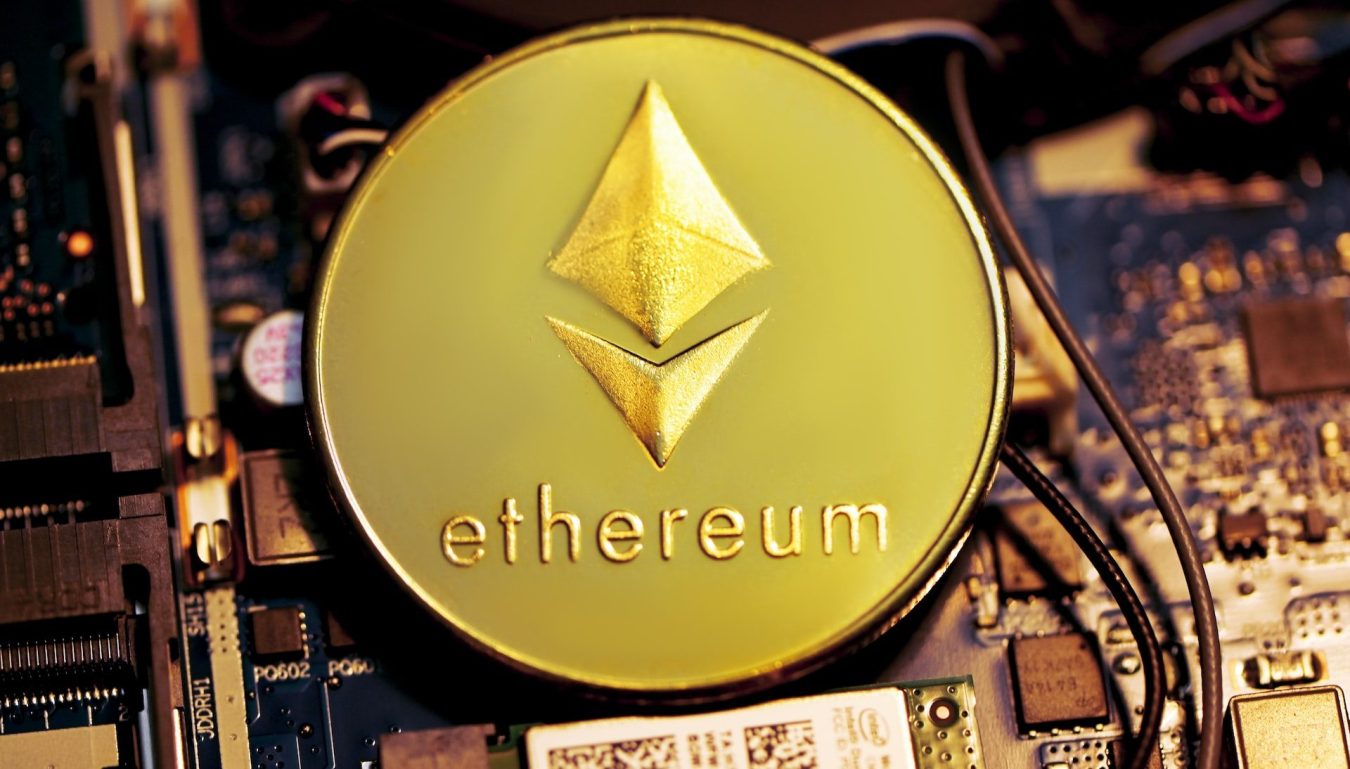Since the invention of digital currency, there have been many variants of such currency. These variants are commonly known as “alternative” or “alt” coins, or simply as “coins” (as in “coin of another type”).
Each one of these altcoins has its own unique properties and operates independently from other digital currencies. In this article, we explore the history of altcoins, their main differences from Bitcoin, and their role in the future development of cryptocurrency.
As of October 31, 2022, CoinMarketCap is tracking more 7,000 cryptocurrencies, most people are only familiar with just a few.
A top crypto trading platform such as Coinbase will only allow trading of far fewer coins, currently only 10. Any new developments in blockchain technology will continue to affect these altcoins in the coming years.
What is an Altcoin?

An altcoin is a digital token that is based on blockchain technology, just like Bitcoin. It is not just a new kind of digital currency that can be used as a form of payment; it is also a new kind of blockchain.
Altcoins are also known as alternative coins (Altcoins), digital coins or new coins. Some people also call altcoins “Coins”, as in “Coins of another type”.
Altcoins are all Bitcoin derivatives. They are the result of someone attempting to make improvements to Bitcoin or to create a new coin with a different use case.
Consequently, altcoins can be viewed as experiments with new ways to use blockchain technology. Due to this experimental nature, altcoins are highly volatile since there is little to no regulatory oversight.
How Are Altcoins Different From Bitcoin?

The three most prominent differences between altcoins and Bitcoin include:
#1 The target user base
Altcoins can be used differently or have a different target audience than Bitcoin. Altcoins are typically designed with a different set of features or functionalities than Bitcoin.
They often have a different economic model, different consensus algorithm, and a different decentralized application (dApp) ecosystem. Not all altcoins can be used as digital currency for payment, but many of them can be used for other purposes.
#2 The features
Altcoins can provide additional features beyond those of Bitcoin. These additional features can include anything from a brand-new design to a unique consensus algorithm. Some altcoins may also have unique staking or governance mechanisms.
#3 The use cases
Altcoins can serve entirely different use cases than Bitcoin. These altcoins are designed with different functionalities, making them suitable for different applications.
For example, some altcoins may be designed as investment vehicles, while others may be designed to facilitate social media transactions.
Why Have There Been so Many Variants of Cryptocurrency?
Cryptocurrencies do not exist in a vacuum; rather, they are constantly evolving and improving as designers continually use feedback to improve their designs. Many altcoins appear as forks from the original Bitcoin codebase.
These forks are usually the result of community members perceiving the need for some change or improvement in the underlying design of Bitcoin. Some altcoins have appeared as a result of Bitcoin experiences.
A Bitcoin experience occurs when one person creates a new altcoin based on another person’s Bitcoin idea. The original Bitcoin idea was published in a white paper prior to the release of a blockchain project.
For example, Bitcoin and Bitcoin Cash have existed as separate blockchains since Bitcoin’s inception in 2009. While Bitcoin created a new economic model for digital currency, Bitcoin Cash was created in 2017 as a way of improving certain aspects of the original Bitcoin design.
Which Are the Most Well-Known Altcoins?

The three most well-known altcoins include:
#1 Ethereum
This altcoin is commonly viewed as the second-most valuable crypto asset in the world, behind Bitcoin. Ethereum is an open-source, decentralized blockchain platform that can be used to create dApps.
Ethereum holds the second largest market share of all cryptocurrencies, with a current market value of over $25 billion.
#2 Litecoin
As Bitcoin has become more valuable, there has been growing interest in altcoins such as Litecoin. Litecoin is an altcoin that is based on the same blockchain technology as Bitcoin.
However, it uses a different mining algorithm, has a higher supply, and allows for faster transaction speeds.
#3 Ripple
Ripple (XRP) is a payment network that aims to enable faster cross-border payments between various currencies. Ripple’s goal is to make international payments more efficient and less costly.
Where Will Altcoins Go from Here?
The future of altcoins is highly uncertain. It is difficult to predict which altcoins will survive and thrive in the long term.
While Bitcoin may be the most stable and secure blockchain, it is far from being the only blockchain. Many other blockchains are also growing and gaining popularity.
There will always be a place for altcoins as long as people continue to design new blockchain systems. The next few years will likely bring continued innovation and development in the world of altcoins.



